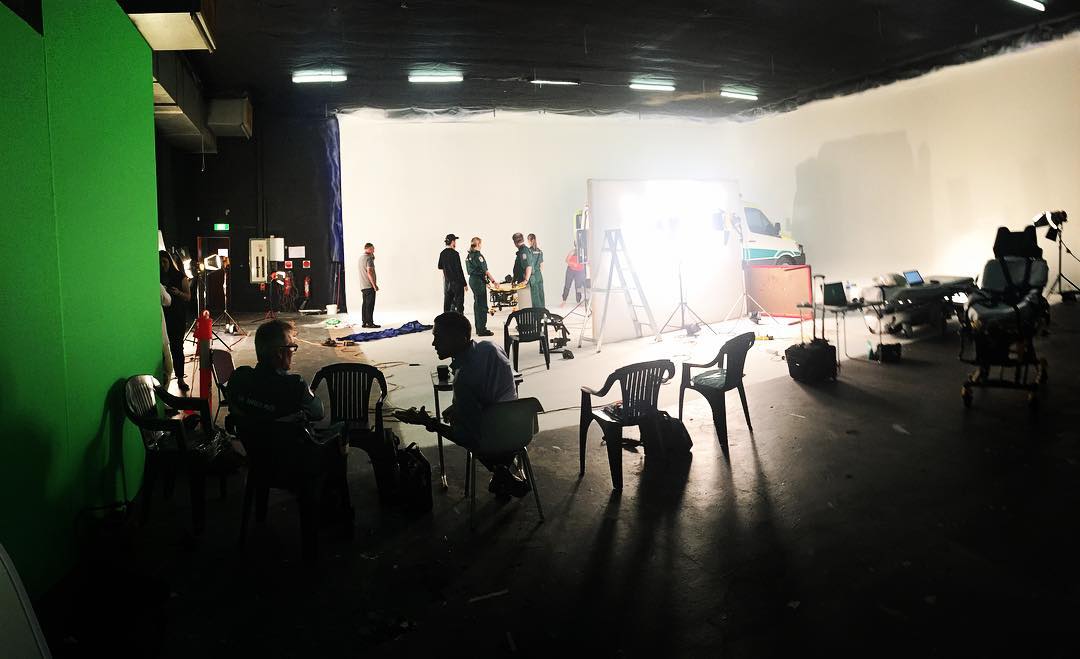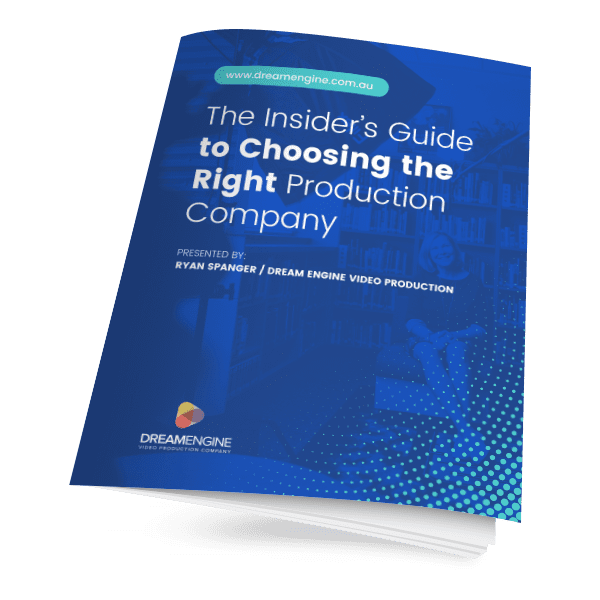Are you looking to live stream your event? Perhaps you’re looking into the potential of live streaming video and how it can work in your brand’s content strategy. Lately, live video is proving to be no longer a novelty. Its results are changing the way customers and consumers interact with brands. When used correctly, live video is a superb way to cut through the noise and provide quality content.
We created this post as many communications and marketing teams are being asked about the possibility of doing live video. We’ll get you up to speed on how to run a live video stream, how to get started, the equipment you need, and how to best incorporate live video into your communications & content strategy.
Why Live Stream Your Video?
The Power of Live Video
While face-to-face communication is the best form of communication, live video is the next best thing. Live video creates a unique sense of inclusion and connection. It offers universal access to all who have internet, thus increasing the potential reach of your content. Unlike traditional video, live videos encourage customers to actively engage with your brand. In turn, this creates a meaningful link between the consumer and brand.
What’s more, live video streaming allows you to engage members of your audience who wouldn’t normally attend your events. You’re also getting valuable and accurate feedback, including real-time figures that contain insights for future strategies.

Livestream and The New Yorker conducted a study and revealed how live video will rapidly dominate the marketing world. They found that 80% of people would rather watch live video from a brand than read their blog. Live video also increases the potential for stronger interaction with your audience through social channels. Facebook Live has proven to produce over 6 times as many interactions as traditional videos. Therefore, this demonstrates that audiences want to participate in live discussions and be involved in direct interactions with brands. Overall, these stats show us that brands can use the power of live video to promote their business.
Audiences Expect Live Video
Live streaming is projected to be a $70 billion industry by 2021, and due to the recent and ongoing pandemic, this is only going to beat predictions. Audiences are becoming more accustomed to watching content on their laptop and phones. As a result, their expectations for the consumption of live content grow. Social media platforms are now offering native in-built streaming capabilities, opening doors for huge potential reach to audiences. This makes distribution easier for brands, but more importantly, it increases easy access for audiences. In turn, encouraging meaningful connections with brands through live video.
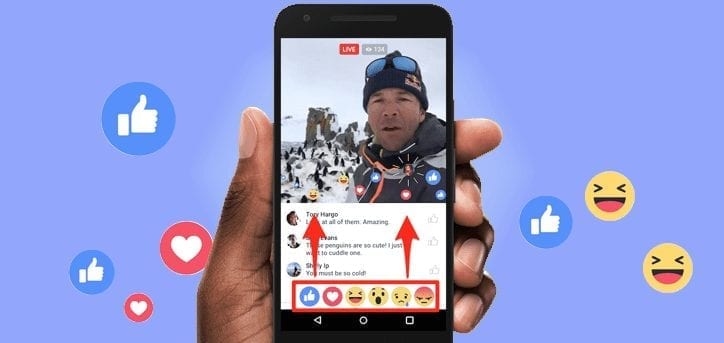
Interaction and Networking with Live Video
Live streaming your event over social media is a great way to promote interaction. Live video creates a sense of participation and encourages fluid discussion. To encourage participation, a social moderator can reply to the audience’s questions, allowing the audience to interact. Encouraging online networking during live video also creates the same sense of participation.
Live Video Makes Your Brand More Human
Live video is a strong way to make your brand appear more human. Through live video streaming events, you can demonstrate purpose and authenticity and build trust with new and prospective audiences. Offering live behind-the-scenes video offers a human touch that audiences enjoy.
Can This Be Done In a Different Way?
High-quality live video is possible to produce in a short time, but it can eat into your budget. First, ask yourself, can this be done through other, more budget-friendly options? A panel of experts could discuss the topic through webcasting, using Zoom. Audiences interact by texting questions to the moderator. We recommend recording audio through higher-quality microphones to avoid poor quality audio from your internal mic. This will add a nice touch of professionalism and create a higher-quality experience for your audience.
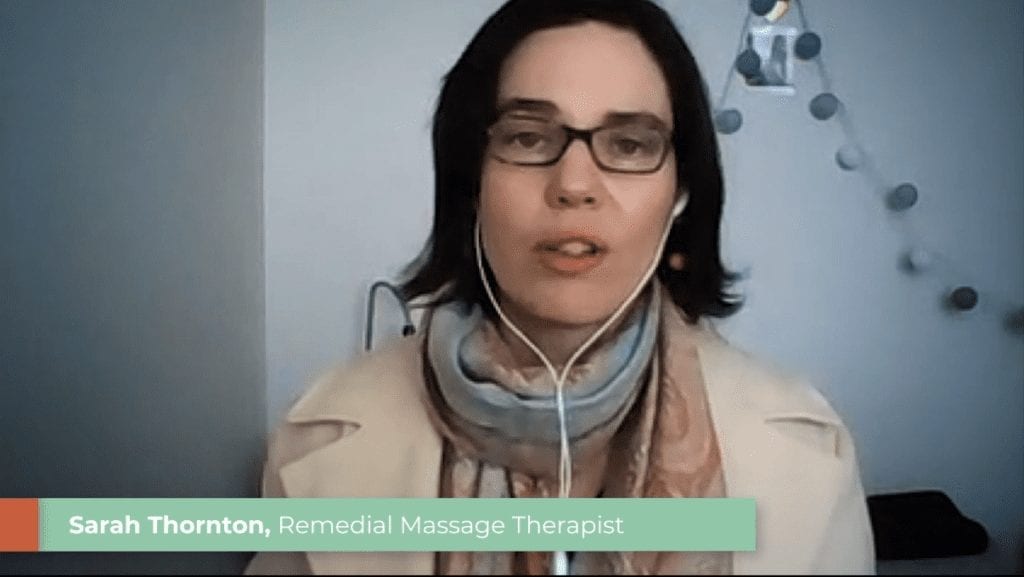
How to Get Started With Live Video
Like pre-recorded video, live video is important in the online market. It is an excellent tool for reaching an audience and growing brand awareness. Now more than ever, businesses must consider how live fits within their communications and marketing strategies. Here are a few things to consider when creating live video.
Content Strategy
Similar to pre-recorded and crafted marketing videos, live video needs to be worked into your content strategy. First, ask yourself, how would this live video reflect our current content and communications strategy? You may wish to live stream an event hosted by a panel of experts on a chosen topic. Be sure that the topic aligns with your audiences’ interests and speaks in your brand’s tone-of-voice. Consider viewer interaction during the event and live stream to enhance audience connection and engagement. Dream Engine has helped businesses in Melbourne film their events for over 15 years. Read here to learn our tips on getting event filming right.
Where To Stream Your Live Video
First, ask, how does our audience interact with our content? Second, where does our audience like to watch content? If, for example, you get more interaction via social media, it makes more sense to host your live video on Facebook. You can send your Facebook Live link in an invitation via email, social media, or directly.
Something else to consider is the nature of your event. If it is private, it is best to embed the stream on your website with password protection. If it is public, post your live video stream on various platforms. This will encourage wider viewing and sharing of your event.
We recommend using an Online Video Platform that uses CDN (Content Delivery Network) for larger streams. This will provide you with a white-label custom site with stronger performance.
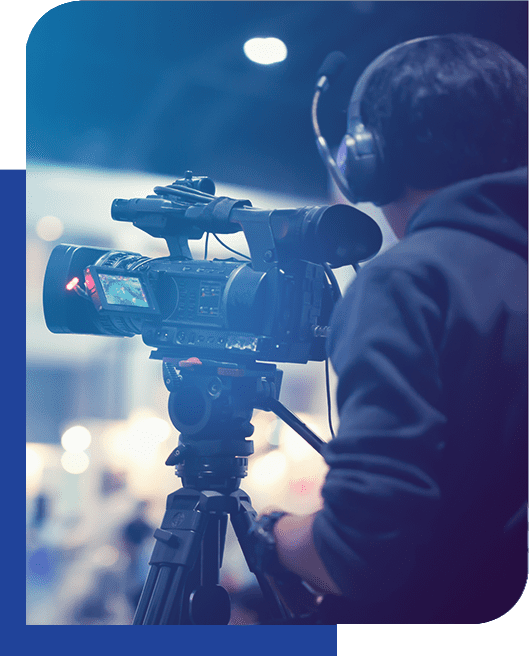
Test, Test, and test some more
It is paramount that everything is tested and prepared before your live video goes live. You can be well-organised and prepared, and suddenly, there is a power cut, and your audience’s screens turn black. Make sure to test and have a backup plan. Live means now, and that means “fix it in post” isn’t possible. Test everything and try to prevent any mishaps that could happen during the event.
First, test your stream quality and connection. This is probably the most important factor for a successful live video, so make sure to get this right. There’s nothing worse than your audience being stuck with the eternal buffer due to connection quality issues on your end. Test your equipment and make a plan for a primary workflow and a secondary workflow in case it fails. It sounds obvious, but highlight what equipment is and isn’t working way before the live stream. Have a redundancy plan in place by fitting backup systems for your internet in case the primary connection fails. For power, look into other sources like a generator in the unlikely case the grid goes down. Having a plan and testing means you are increasing the chances of a successful, error-free live video.
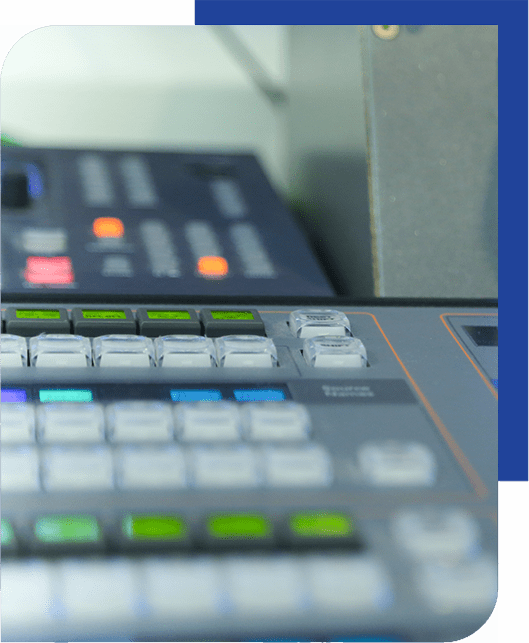
Will Online Match the Physical Event?
You want to make sure your audience feels like they’re physically at the event. So, if possible, ask your audience what they would like to experience on a live stream prior to the event. They may wish to be spoken to directly when they have a question for the panel. Notify your panel that during the Q&A to look at a particular camera (colour coding works here) when answering a question from an online audience. This will create a more cohesive, live experience for both physical and online audiences.
What Equipment Will I Need to Live Stream?
In the past, you would have needed outside broadcasters, with roof-mounted satellite dishes and expensive equipment. Put simply, you can now stream what you want when you want. Here are some recommendations for the equipment needed.
Internet
Sounds obvious, but before anything else, this should be your first consideration. Use a dedicated and reliable internet connection, preferably Ethernet. To enable the smoothest experience possible, make sure the Ethernet cable is connected to a dedicated network that no one else uses. Dream Engine’s live team can ensure your internet connection is set up correctly for your content or event.
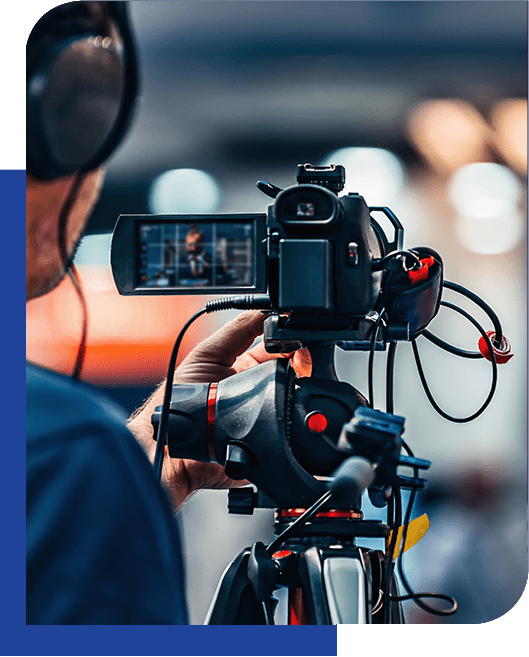
Switcher and Encoder
Encoding is important as it’s what changes the video from pre-recorded to a Livestream video. An encoder is a piece of equipment or software that can convert a live feed so it is viewable over the internet. Consider choosing software if you are on a lower budget, but we recommend hardware as a more solid option. The reason for this is that software is susceptible to latency and speed issues. Hardware, on the other hand, is a more robust option that doesn’t depend on connection alone.
You’ll notice that in a live TV show, the camera switches from angle to angle, and this is achieved via a production switcher. Dream Engine uses a Black Magic ATEM Television Studio HD for our production switcher. This enables us to mix various angles, connect other sources such as computer screens, and input most HD cameras.
Cameras
It is important that your cameras can shoot full HD and plug into your switcher. Full HD cameras with inbuilt SDI, HDMI, and XLR outputs are a solid setup capable of streaming high-quality live video. It is also important to consider the angles you’ll need for exposure. So be sure to set up the cameras so they achieve the desired look and angles.
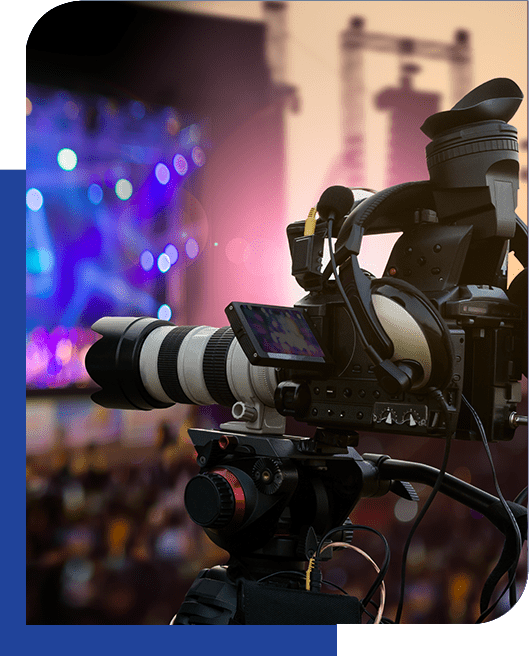
Lighting
It’s important to consider how your event will look through the cameras. Be sure to light your subject or part of the event well for the sections you will be live streaming. Test your feed and check the lighting to consider what the audience who will be live streaming your video will see.
It is important to ensure that your audio is high-quality. Make sure you use high-quality mics that feed either into your camera or into your mixer. From here, you can test beforehand to ensure that everything is clear and loud enough for live streaming.
Content Delivery
The final element for a successful live video is finding a solution for content delivery. You need an effective, professional way to deliver your stream to an audience.
Social Media hosting
Many brands wish to use a platform such as YouTube or Facebook Live to stream their content. Social Media Hosting can be a good option for many businesses that have lower budgets. You can invite your followers directly and be sure they can see your video via there facebook account. As it is not custom-built, it does, however, come with issues. Such as quality, speed, and connection, so we’re sure to factor this in when planning our next live video.
OVP (Online Video Platform)
A quality OVP provides a customisable, secure, white-label platform for delivering content via the Internet. An OVP uses a Content Delivery Network (CDN), a network of servers located around the world, to distribute your live content. It does this by accessing the servers closest to your location. CDNs offer higher speed, quality, and security. They are a more viable option for businesses that have a budget for higher-quality live streaming.
Make the most of your live content
After you’ve finished your live stream video, you’ll have a library of new content. This is a perfect time to go through this content and find golden nuggets to share with your audience.
Pillar Content
Dream Engine helps clients repurpose existing content by breaking down their existing video content into smaller, derivative pieces.
Nuggets of content can be found within your full live video. Find moments that formed the heart of your event and demonstrated your brand’s purpose. Now turn this content into digestible pieces of social content. As a result, you can share this content with your physical and live audience. In turn, this increases both brand awareness and encourages audience interaction.
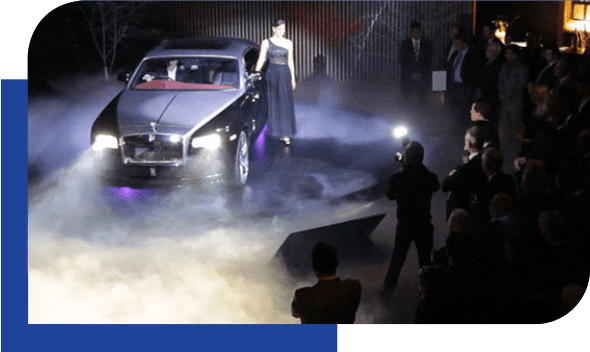
Promote Your Next Event Through Live Video
Alongside your repurposed content, your business can use live video to increase both awareness and sales for your next event. For instance, Livestream suggests that 67% of its audiences who watched a Live video purchased a ticket to a similar event the next time it occurred.
Final Thoughts
Live video has the power to offer unparalleled authenticity for your audience. It is the next best thing after physically being there, and it offers you follow-on content to boot. Now you’ve read our post, you should have a good idea of what it takes to stream live video. You will understand the important things you need to consider in making a live event as successful as possible. The next time you want to reach your audience, don’t forget to consider live video in your marketing strategy. If you would like to learn more about how to achieve this in a high-quality and professional way, contact us here.
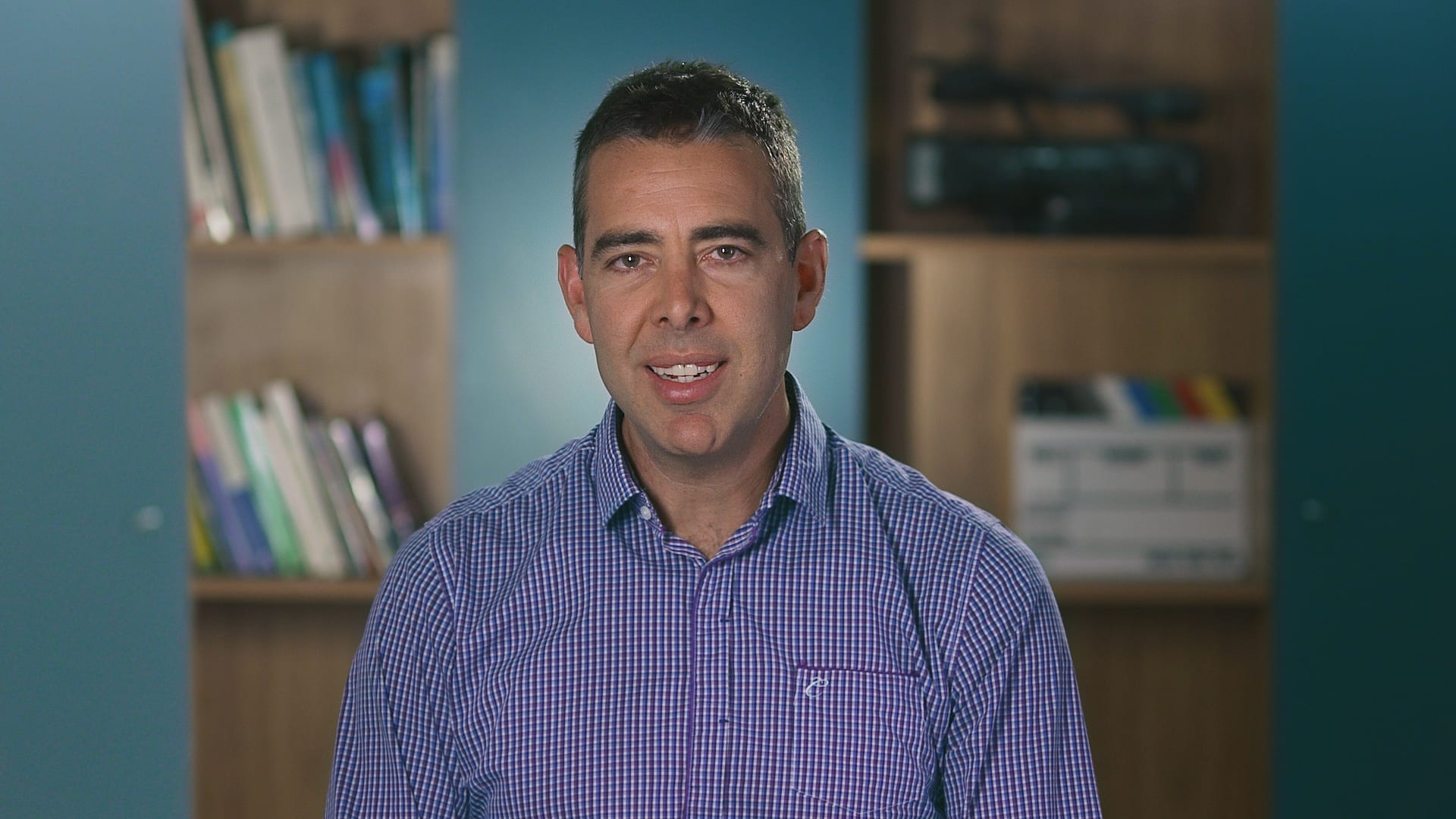
Ryan Spanger is one of Melbourne’s most respected and sought-after video production professionals. Ryan founded Dream Engine in 2002, and specialises in helping medium to large corporates, government departments, and the non-profit sector to connect with their audience more effectively by using video.
